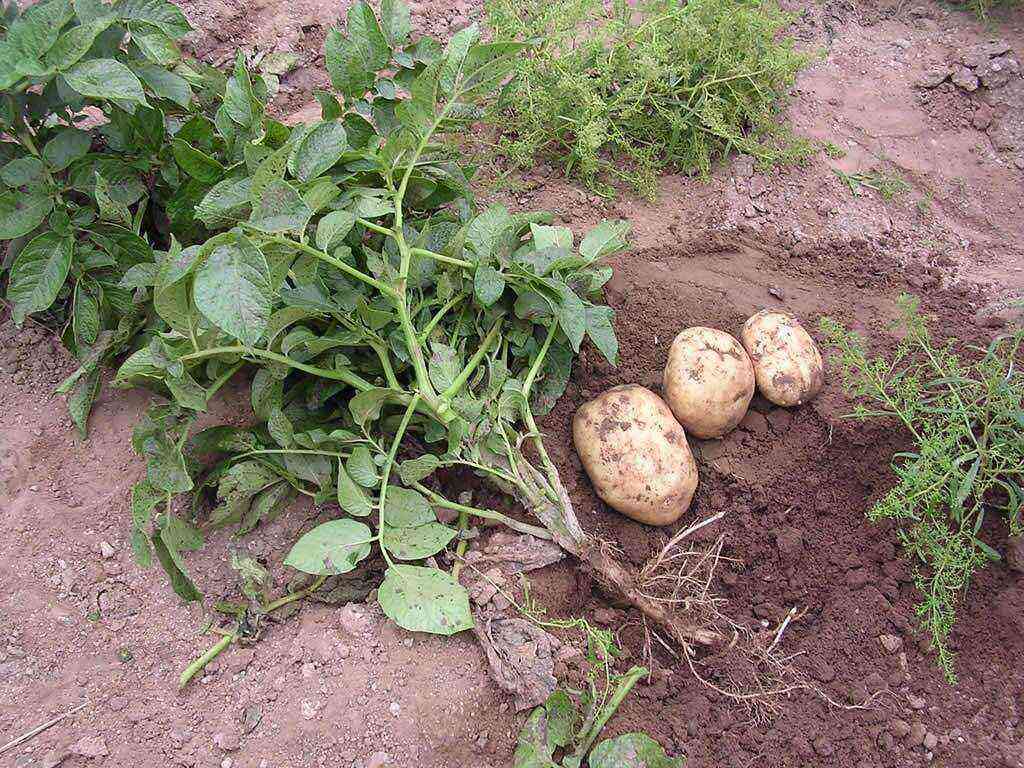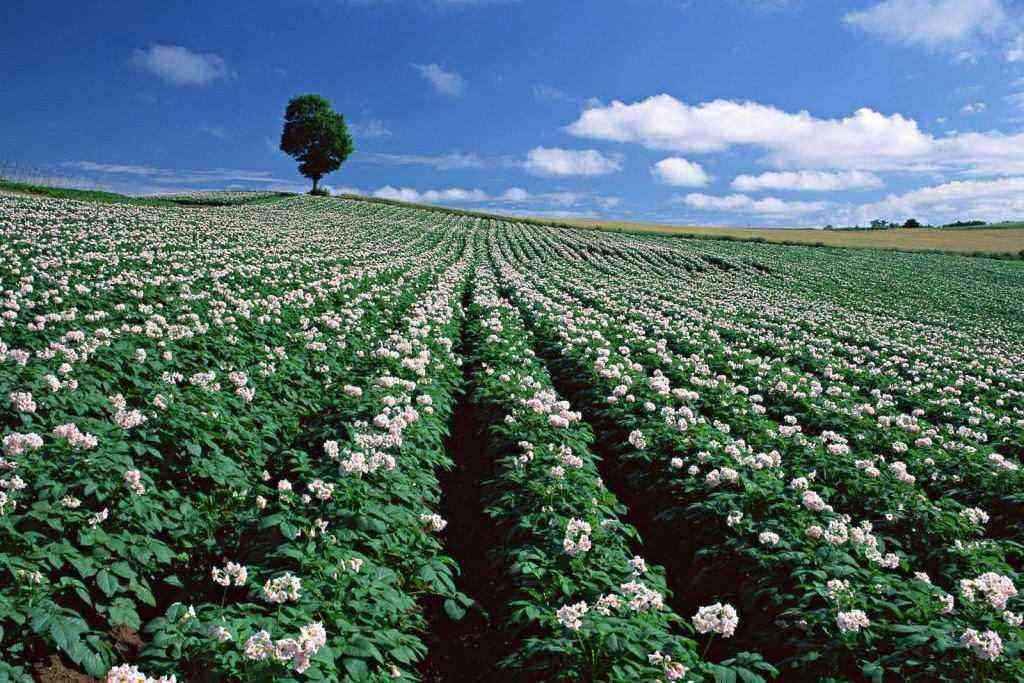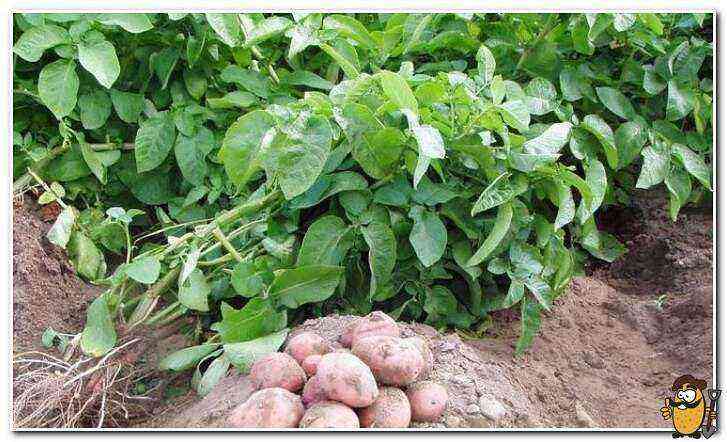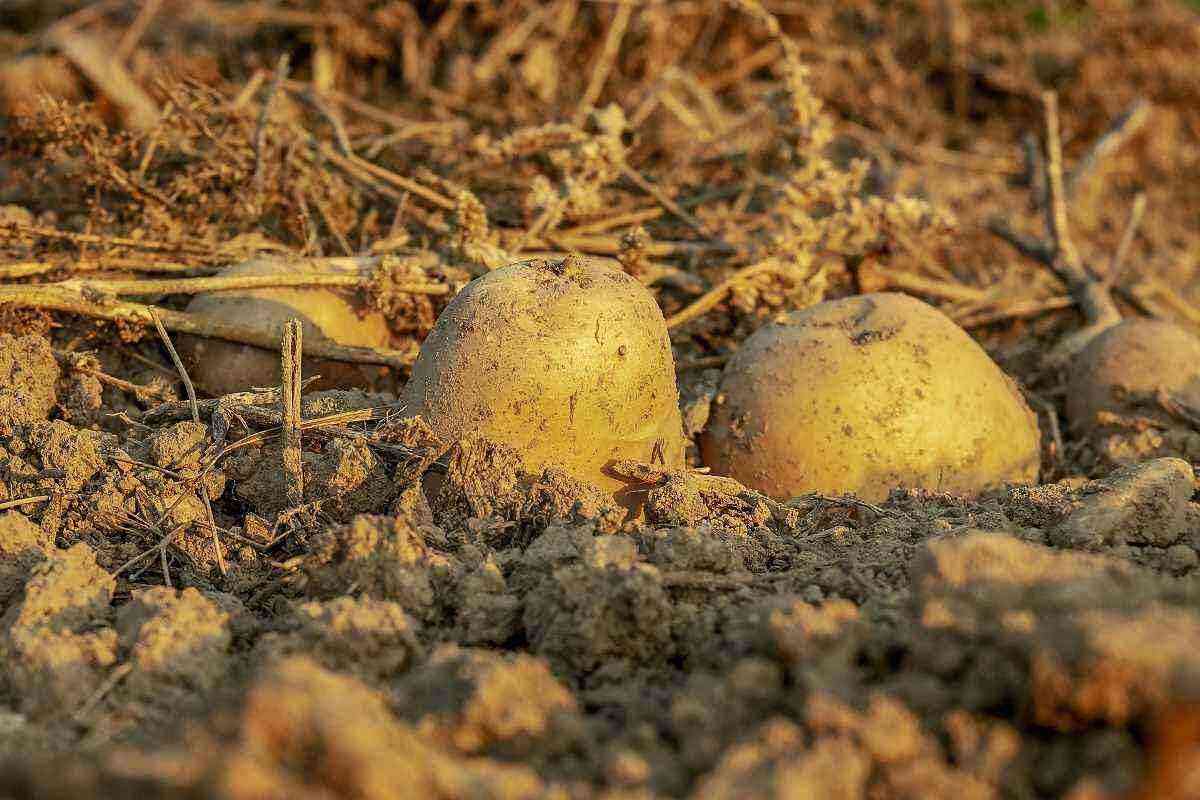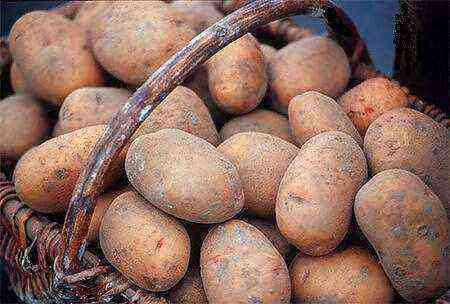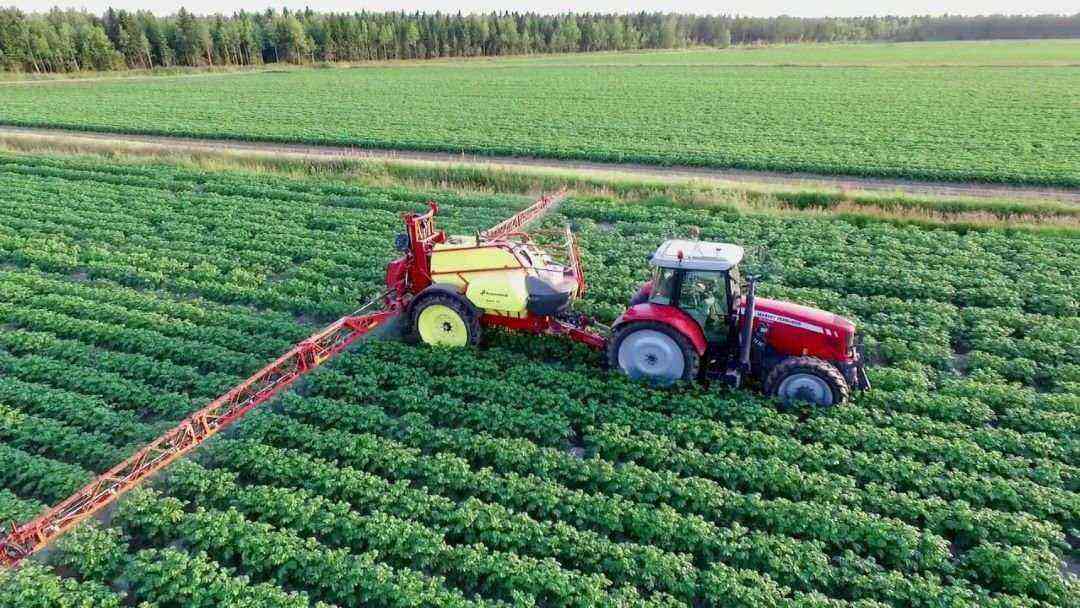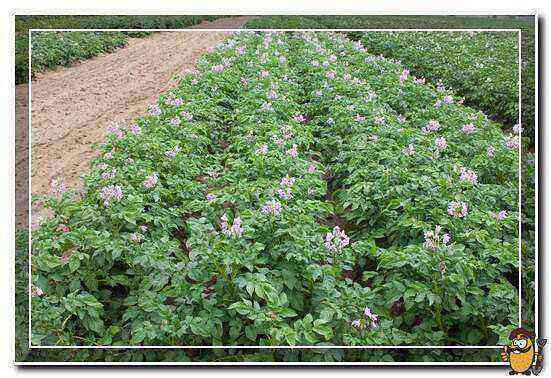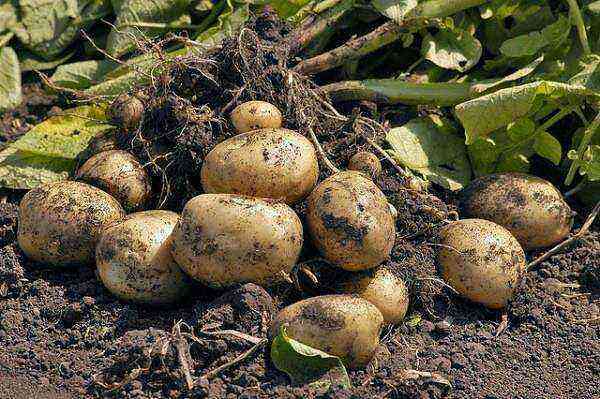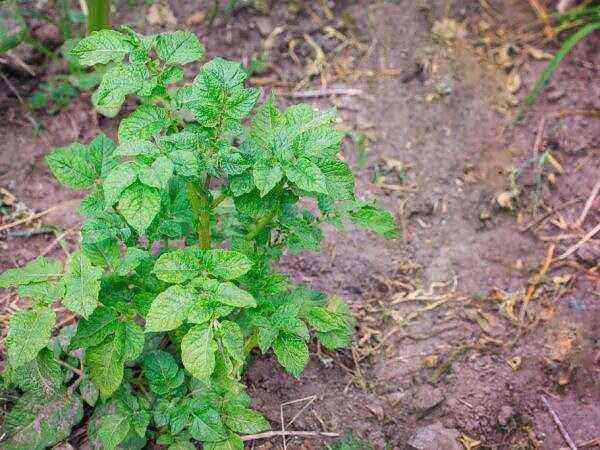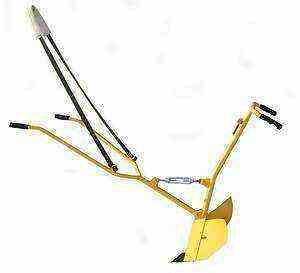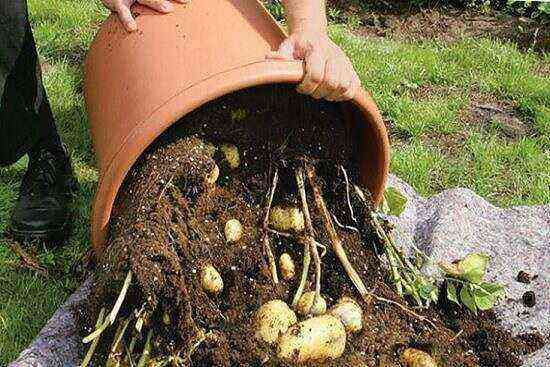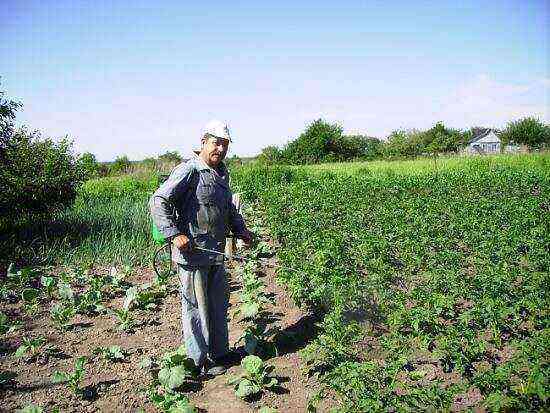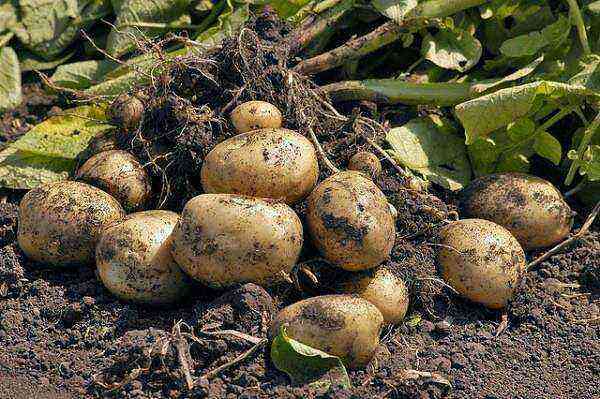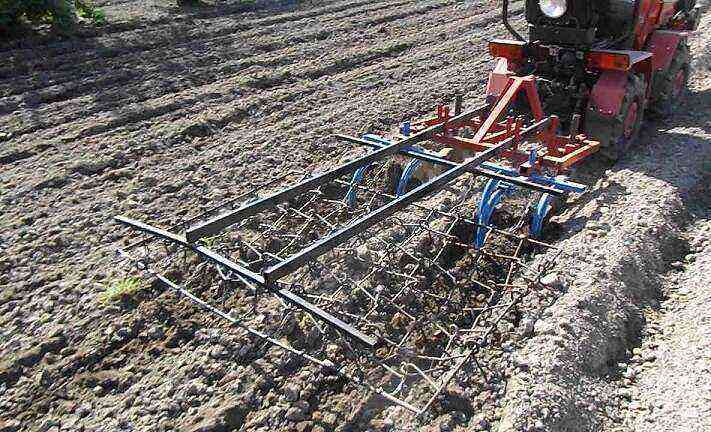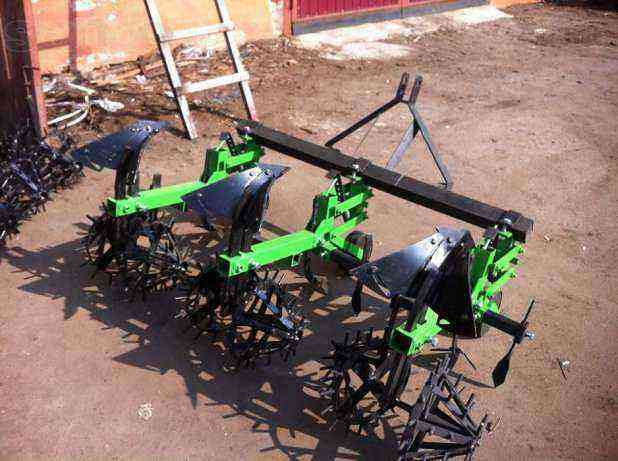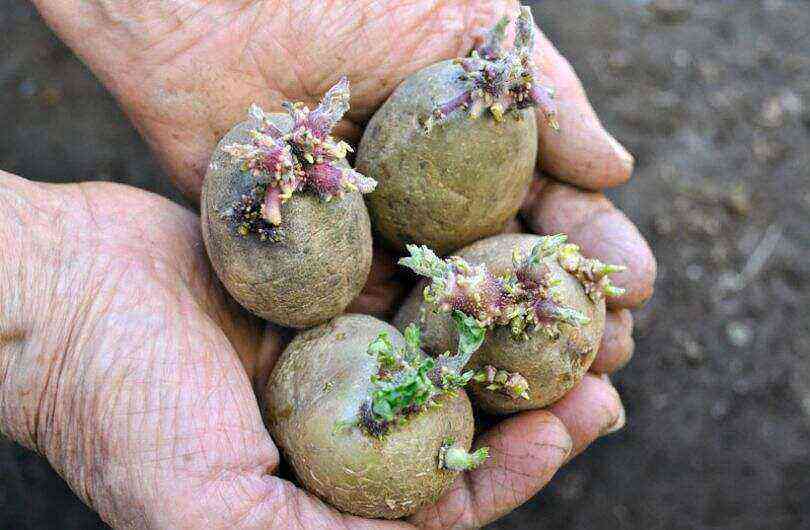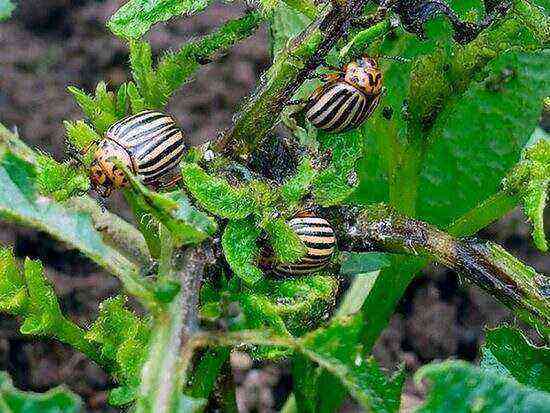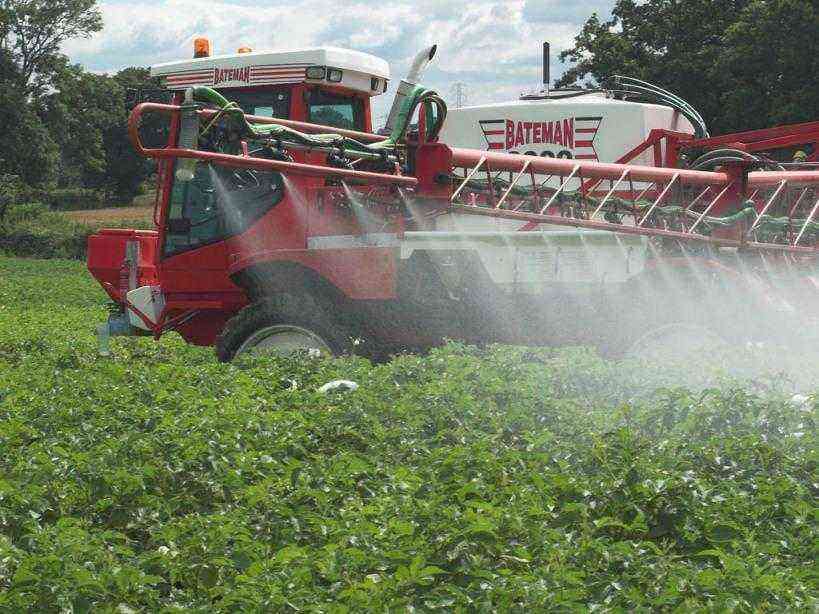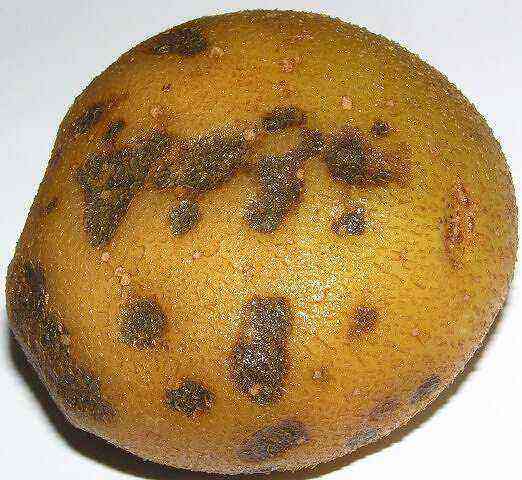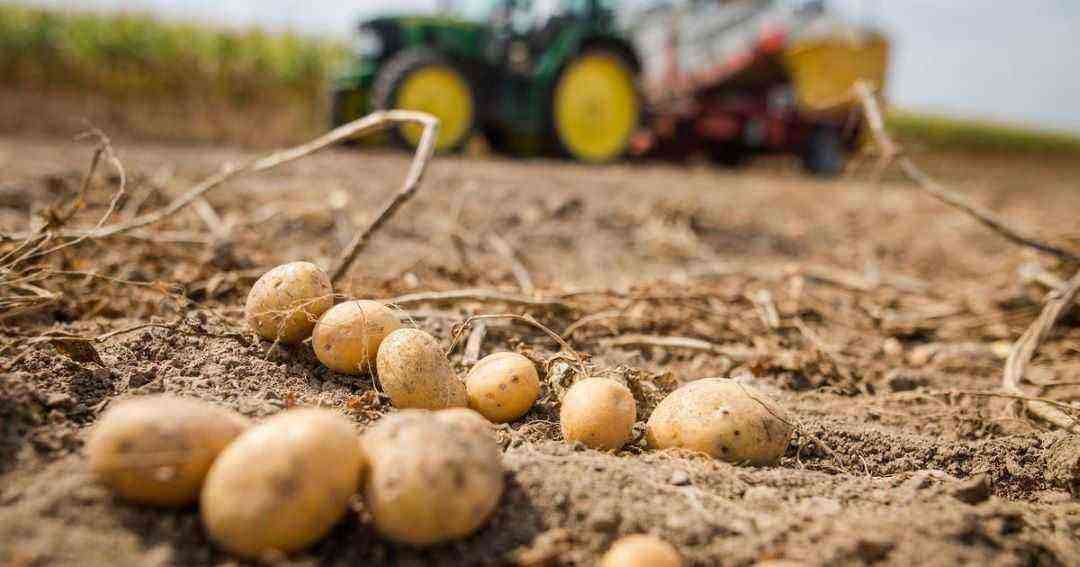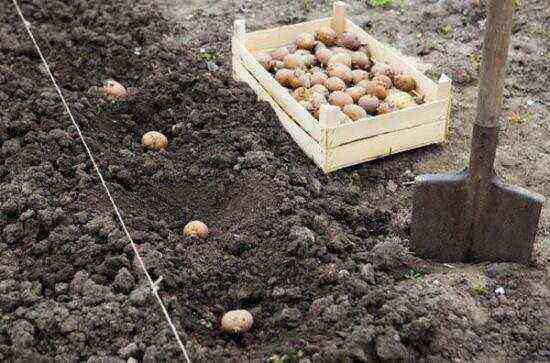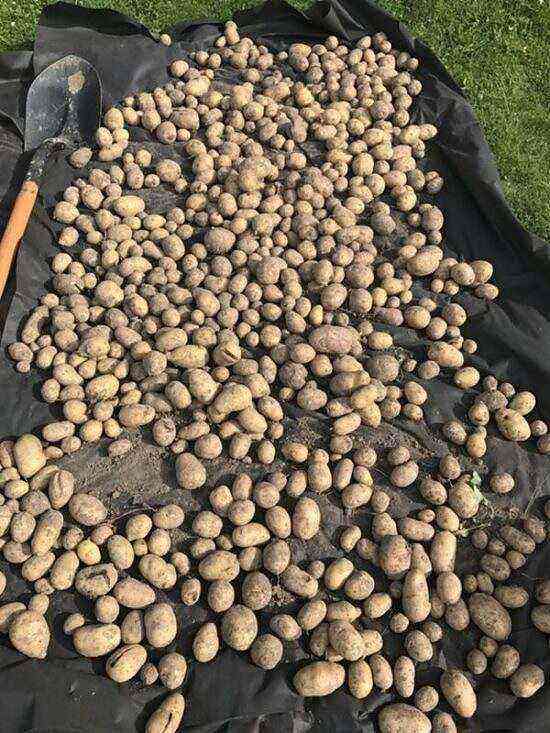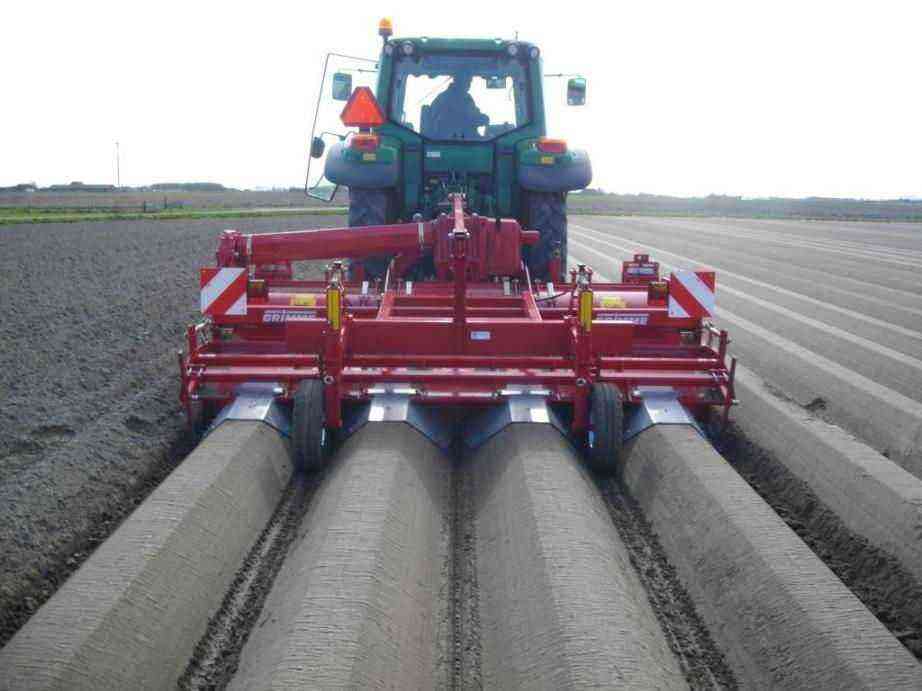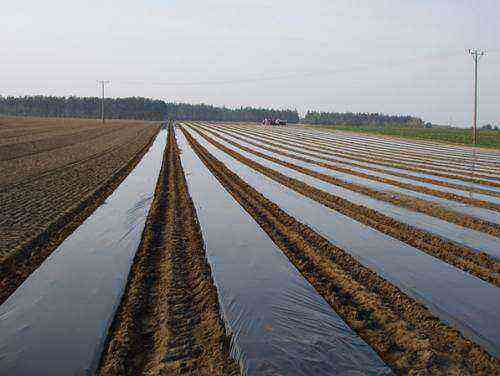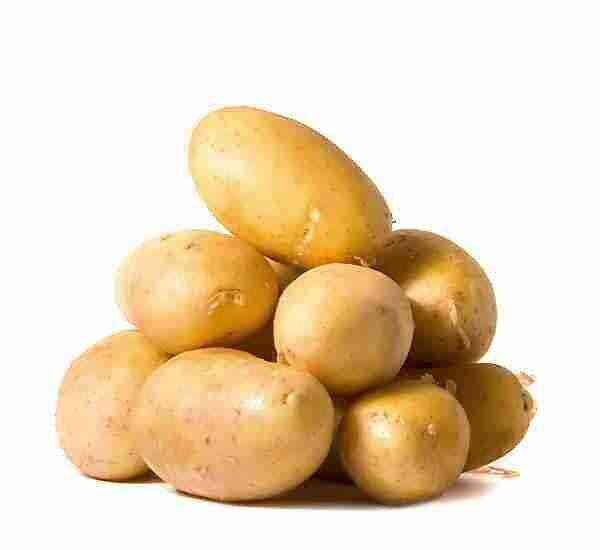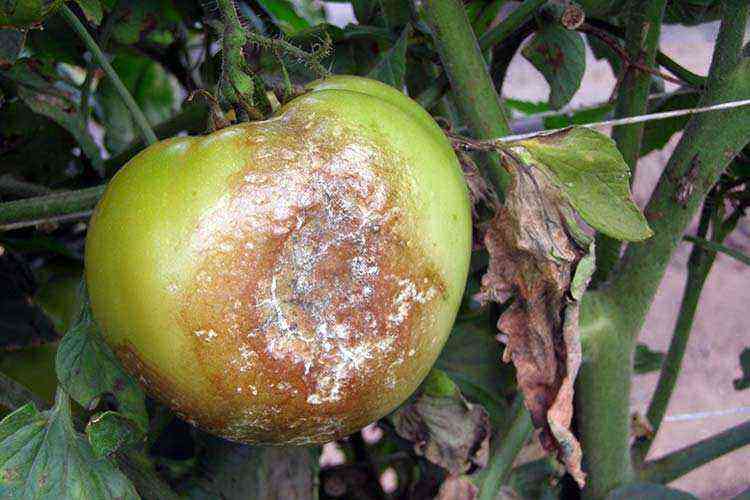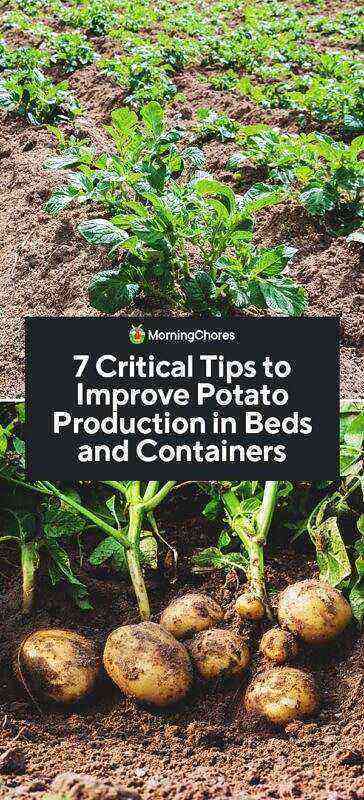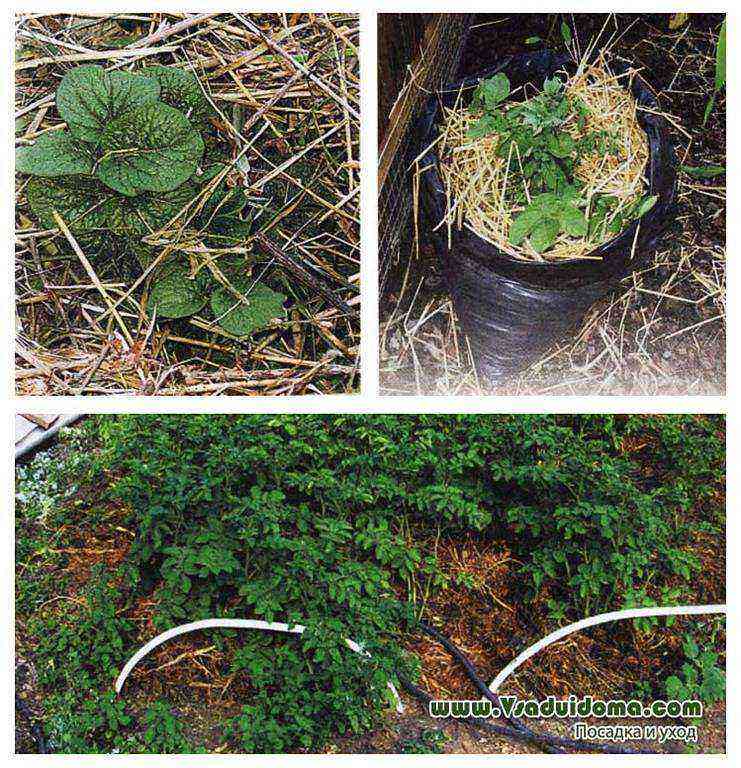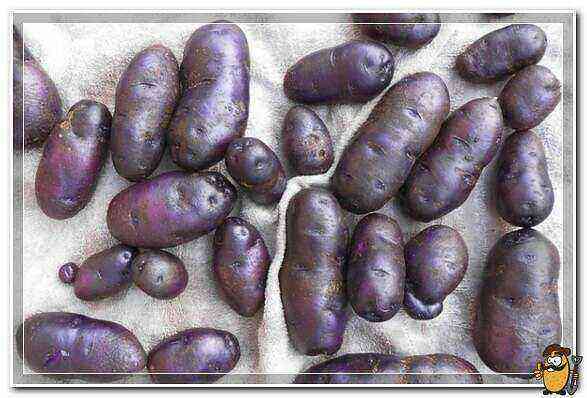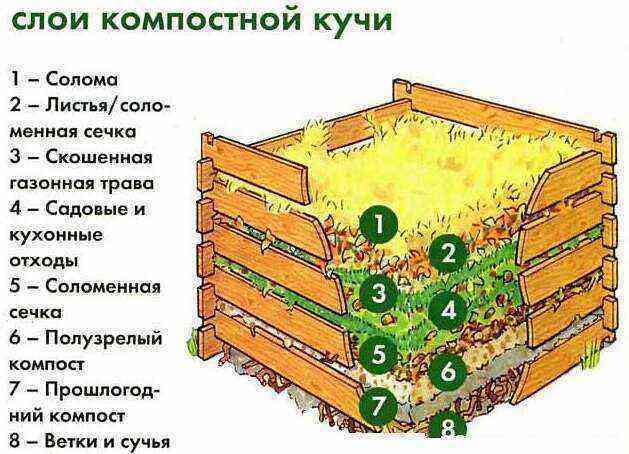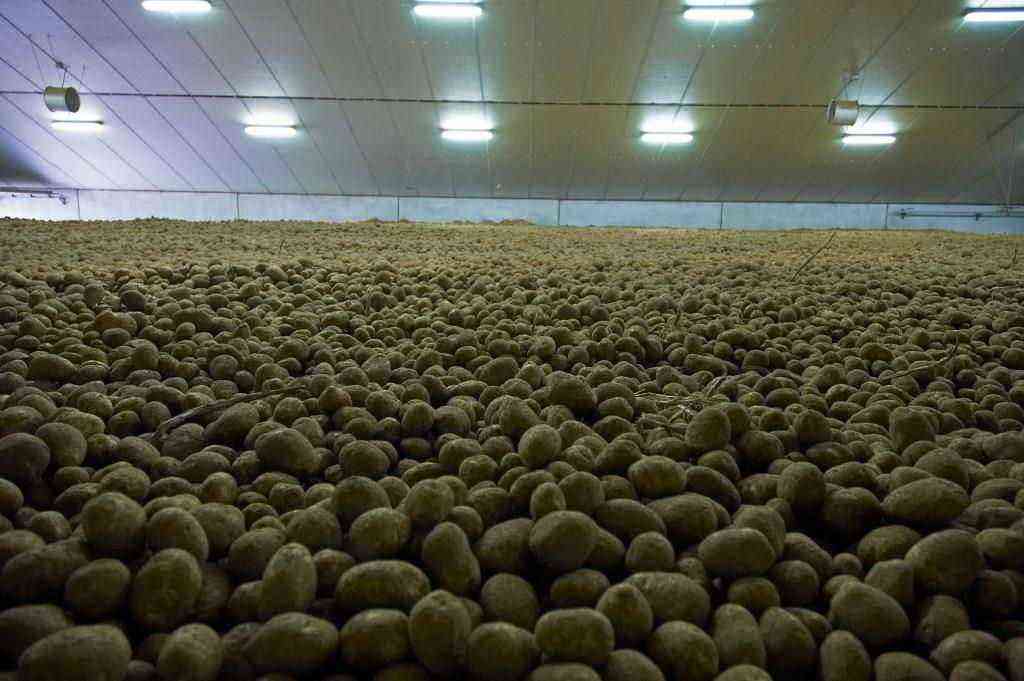The Belarusian variety is about 15 years old, so Breeze can be safely considered young. It is bred for a temperate climate, therefore it is suitable for cultivation in the Central zone, Siberia, Altai and the Far East. Potatoes Breeze are appreciated for their taste, keeping quality of tubers, not complicated agricultural technology, stable yield. The popularity of the variety does not fall over the years.
Productivity and main characteristics
From emergence to harvesting tubers, 60-80 days pass. According to the characteristics, the ripening period of potatoes Breeze is a medium-early variety. Characteristics of the aboveground part:
- average height;
- semi-spreading bushes;
- tops of medium thickness;
- leaves are dark green, wide, slightly wavy;
- the flowers are purple with a red tint.
Tuber weight 100-160 g. They have a regular, oval shape, covered with a smooth pale yellow skin. Many eyes of medium depth. The cut flesh is yellow. The color is preserved during cooking.
On a note!
The variety can be propagated by seed. They remain viable for 10 years. As a planting material, nodules grown from seeds are used for 3 years.
The average yield of the Breeze variety is 450-600 c / ha. In one nest, 8-12 tubers are formed. The product yield is 80-98%. The tubers do not deteriorate during long-term transportation. With long-term storage, up to 97% of the crop is preserved. Pulp composition:
- reducing sugars – 0,21%;
- dry matter – 20,1%;
- starch – 12-16%.
The purpose of the variety is universal. Breeze tubers can be used to make French fries, chips, quick freeze. Fried and boiled potatoes taste great. International tasters gave it 7 points.
On the pros and cons of Belarusian potatoes
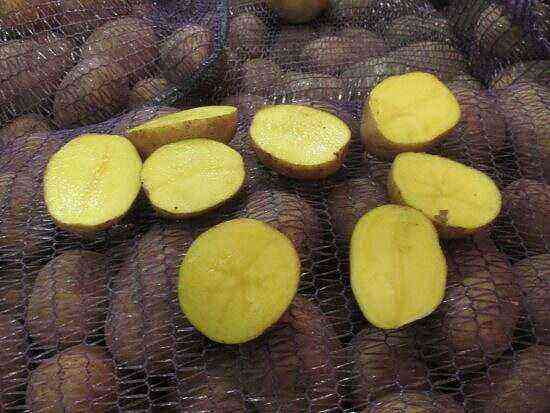
Russian summer residents love to plant Belarusian-bred potatoes. The varieties are distinguished by their yield and good keeping quality. Breeders develop varieties with stable immunity, adapted to different climatic conditions.
Advantages of potato Breeze
When digging, the peel is slightly damaged. The absence of mechanical damage prolongs the shelf life, improves marketability. The variety grows on soil of any composition, it pleases with stable, high yields.
Important!
Seeds by the fifth year lose productivity, by the sixth year they require renewal.
Advantages of Breeze tubers from a culinary point of view:
- harmonious taste;
- the peel is thin, easy to clean;
- tubers attract with a beautiful shape;
- the taste of the pulp is fully revealed during frying;
- immunity to viral infection (wrinkled mosaic, leaf curling);
- resistance to potato cancer.
Read also!
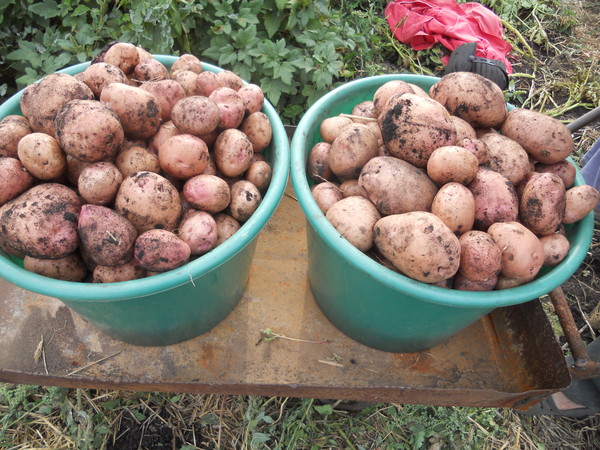
Lack of variety
The variety has low resistance to late blight pathogen and golden nematode. To maintain productivity, the seed material of the Breeze potato needs to be renewed every 5 years. Preventive measures are needed to prevent late blight and nematodes. From the point of view of a culinary specialist, the variety has one minus – the tubers take a long time to boil.
About planting a Belarusian variety
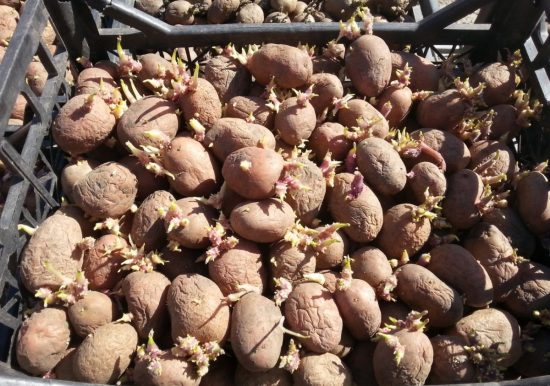
Seeds are taken in the fall. Take medium sized tubers from healthy bushes. Store in a cellar until spring. They are taken out for germination 25-30 days before planting. Sorting is carried out. All suspicious ones are discarded, the rest are laid out in boxes in one layer.
Disinfected by immersing in a pink solution of potassium permanganate, or treated with a special preparation:
The plot is prepared in autumn or spring. It is plowed or dug to a depth of 25-30 cm, filled with organic and mineral fertilizers. Breeze potatoes are planted in holes (grooves) 10 cm deep. Recommended planting scheme:
- 30-40 cm between tubers in a row;
- 60-70 cm row spacing.
In arid regions, mulch is actively used. It helps to retain soil moisture. When planting potatoes, Breeze is sprinkled with a layer of earth of 5-7 cm.
How to care for potatoes Breeze
Until the emergence of shoots, you do not need to enter the site. Care for vegetative potatoes is standard:
- weeding;
- hilling and loosening;
- watering;
- top dressing.
Weeds remove and loosen the soil until the rows close. In regions with a temperate climate, it is necessary to huddle. In the south, due to the intense heat, it is replaced by loosening and covering with mulch. Potatoes are spud twice:
- after emergence, when the length of the tops is 15-20 cm;
- 3 weeks after the first.
In the absence of rain, breeze potatoes must be watered at least 2 times. The first time the buds begin to form, the second time after flowering. The variety responds well to moisture, so the bushes can be irrigated once every 1-7 days.
Advice!
Better to water in the evening. The soil needs to be soaked 40 cm.
An approximate feeding scheme is shown in the table. Potato Breeze for fertilization responds with an increase in yield. On soils rich in humus, fertilized in spring or autumn, summer dressings can be dispensed with.
Fertilization time Rate per 10 l of water Consumption per 1 bush June (30 days after planting)
Mullein 500 g
0,5 l
Ammonium nitrate 20 g In the bud formation phase
Potassium sulfate 15 g Double superphosphate 15 g After flowering
Liquid manure 1 cup Superphosphate 30 g
Attitude to diseases and pests
Often the cause of the disease is flaws in agricultural technology. An excess of fresh organic matter in the soil (manure) weakens young potato bushes Breeze, provokes the development of fungi. In addition to spores, the soil filled with manure contains insect larvae. They damage tubers and spread diseases.
Golden nematode
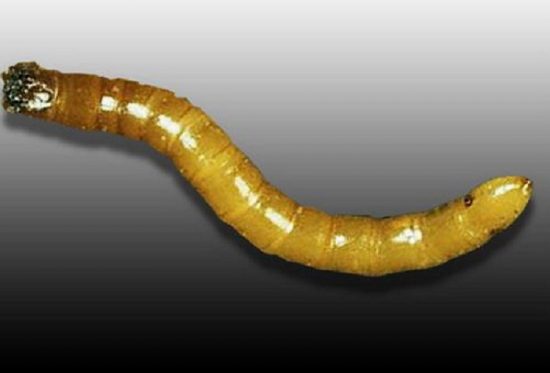
The cultivar is not resistant to the golden nematode. These are small (1 mm) worms of white, yellow, brown color, parasitizing on the aerial part of the culture. The color of the parasite depends on age. Sexually mature females are white in spring, brown in autumn.
Reference!
Cyst nematodes live in soil for up to 10 years. They can survive under adverse conditions.
Infected bushes of potato Breeze are easy to identify after sprouting:
- plants infected with golden nematode are stunted;
- bloom later or do not bloom;
- drooping tops.
Verifying the presence of the parasite is easy. If such a bush is pulled out, then swelling (galls) can be seen on the roots. The Belarusian variety Breeze is not resistant to the golden nematode, therefore, preventive measures are needed.
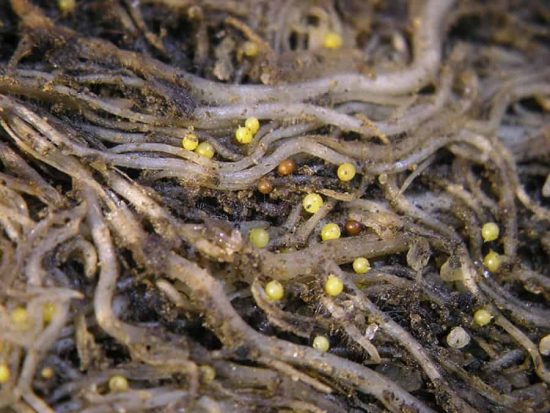
If possible, observe crop rotation. The culture should be returned to its original place not earlier than after 3 years. In the fall (spring), sow the site with green manure with their subsequent incorporation into the soil. Apply organic matter and mineral fertilizers (phosphorus, potash) in the fall for deep digging.
Carry out a careful selection of seed potatoes, discard tubers with any damage. Before planting, treat them with one of the following preparations:
In the spring, fertilize the site with urea. Carry it in before boarding. To obtain the desired result, observe the recommended rate – 1 kg per hundred square meters. Aggressive chemistry is used if the soil in the country is infected with golden nematode.
Preparation Method of application BI 58 Sick bushes are sprayed every 5 days, 4 treatments are carried out per season Nemabakt Prepare a solution according to the instructions, sprinkle on the soil with a sprayer Nematicide Introduce into the soil 2 weeks before planting potatoes Breeze
Fungal diseases

The Breeze variety must be protected against fungal infection. Crop losses occur due to late blight and common scab. The table shows folk remedies for combating fungal diseases. They should be used when symptoms of a fungal infection appear on the Breeze bushes.
Recipe No. Name Composition Quantity Preparation Method of application 1
Garlic with potassium permanganate
Arrows, heads 100 g Grind plant materials, pour a glass of water, leave for 24 hours, pour the infusion into a bucket of water, add manganese, stir
Spray potato bushes once every 1 weeks, spend 2 liters of the product per plant
Water 1 tbsp + 10 l Potassium permanganate 1 g 2
With horsetail
Dry horsetail 100 g
1 l + 5 l
Prepare a decoction from 1 liter and vegetable raw materials, boil it for 30 minutes, dilute with water before use
Spray potatoes once every 1 days
Water 3
Trichopol
Tablet 1 pc. Dissolve the medicine
Spray plants once every 1-10 days
Water 1 l
Reviews
Andrey Petrovich, 57 years old, Kaluga
In 2008, a friend brought Breeze potato seeds from Belarus. Since then, I have been planting this variety in the country. In our region, it is considered mid-season. We start digging bushes for food in July. They continue to form until mid-August. I change the seed material once every 1-3 years. If this is not done, the yield drops.
Valentina Pavlovna, 65 years old, Abakan
I plant the variety for about 8 years. Tubers of good taste, do not crumble during cooking. In summer we have little rain, but this does not affect the yield. We begin to dig young potatoes in mid-July. In summer, we dig up to 10 tubers from one bush.
Anton Igorevich, 44 years old, Dalnerechensk
I like the lined tubers. They are pleasant to clean and do not rot during storage. They have time to ripen before the onset of seasonal rains. We fry, boil, bake the potatoes, the taste is excellent with any method of cooking. There are no problems with the storage of seed. The potato does not dry out; during germination it forms strong sprouts.
